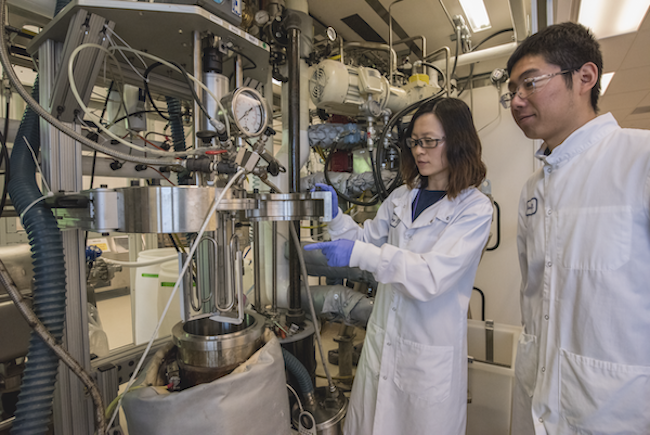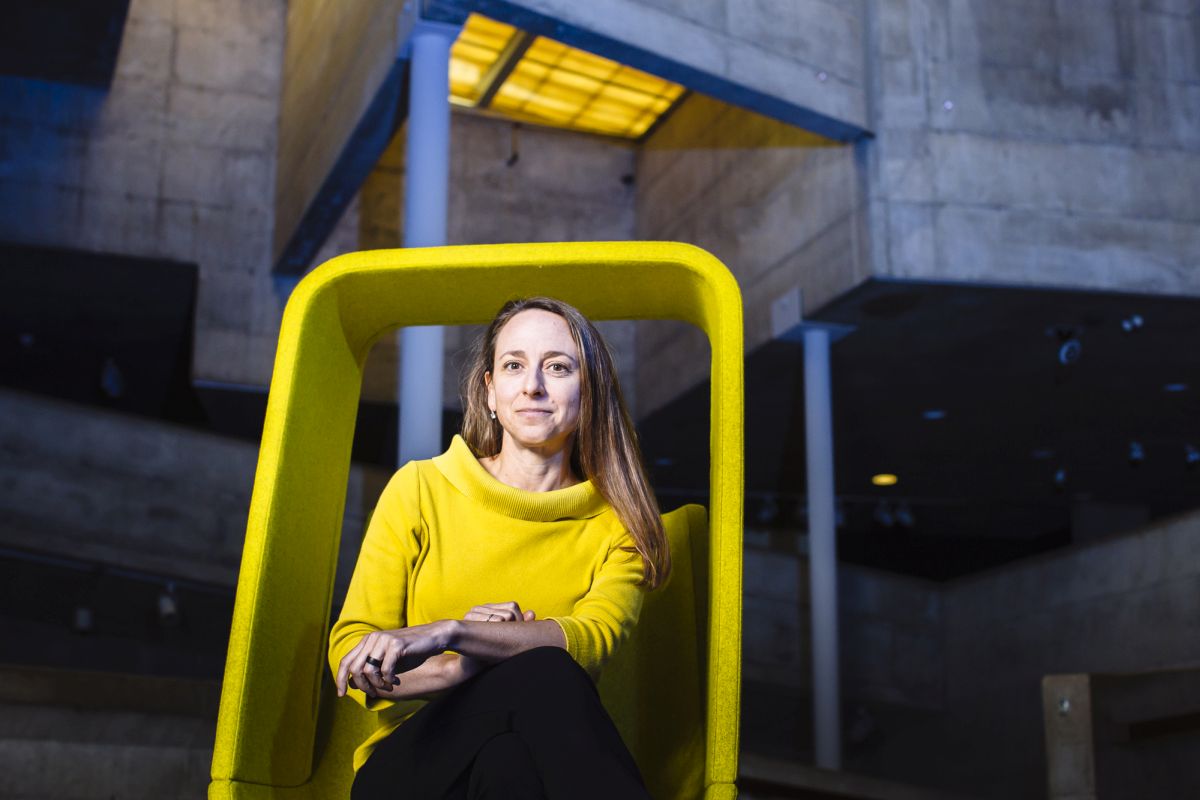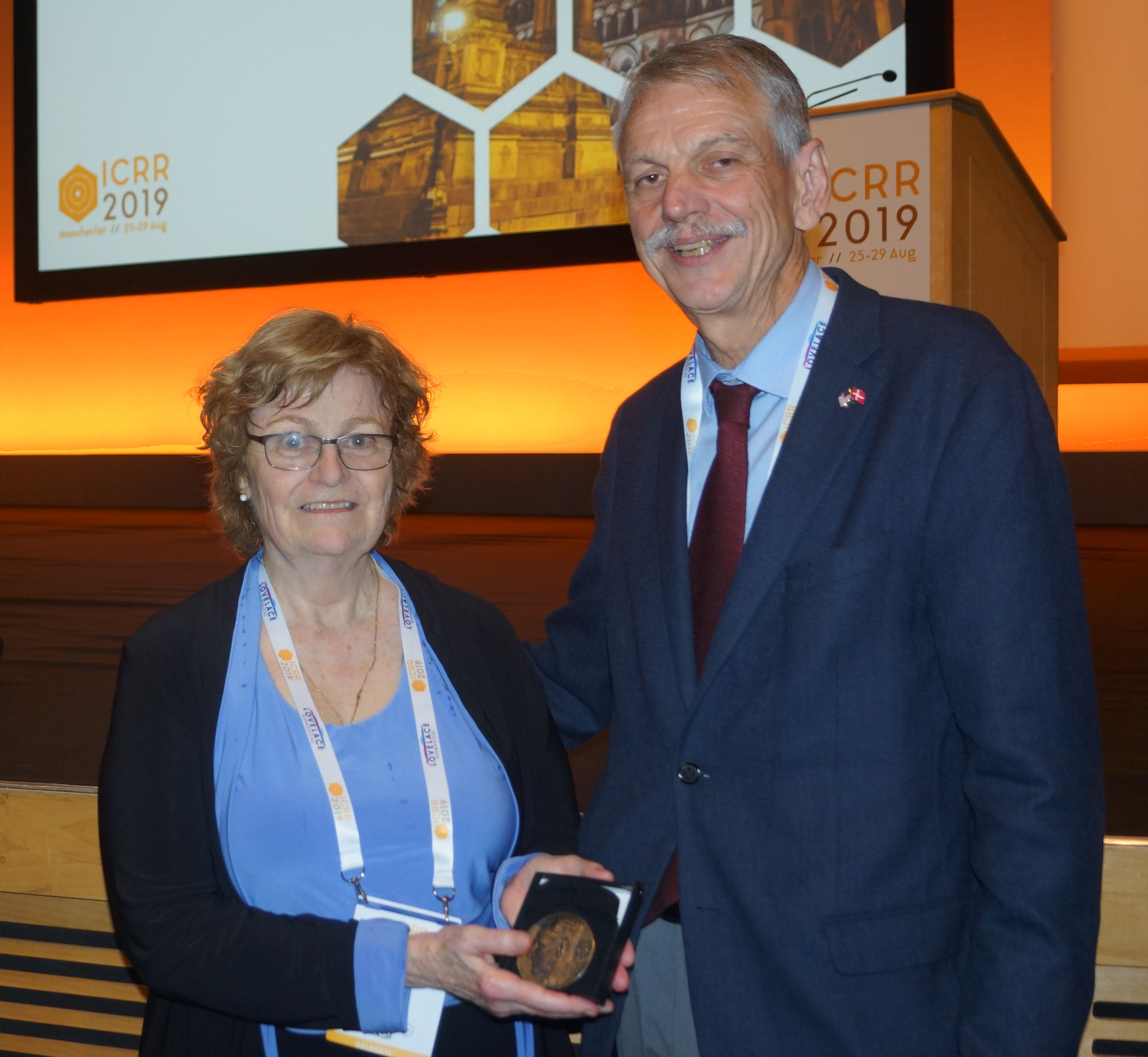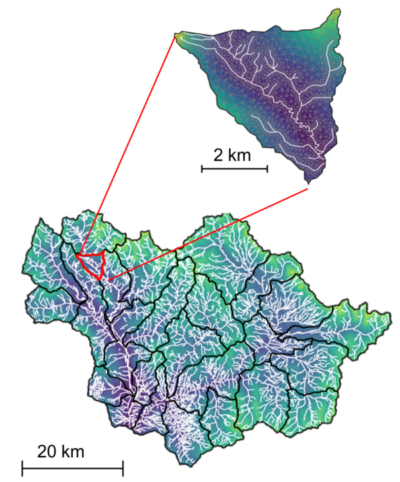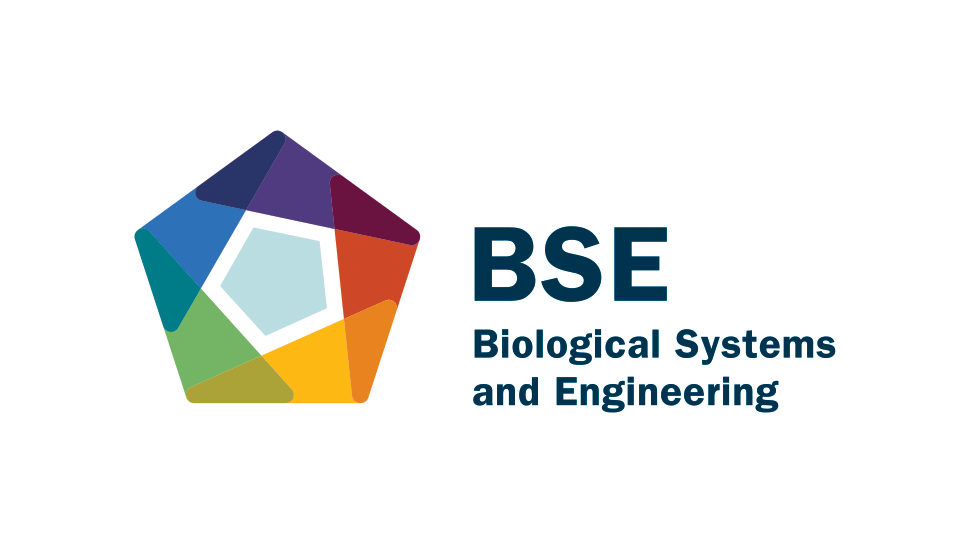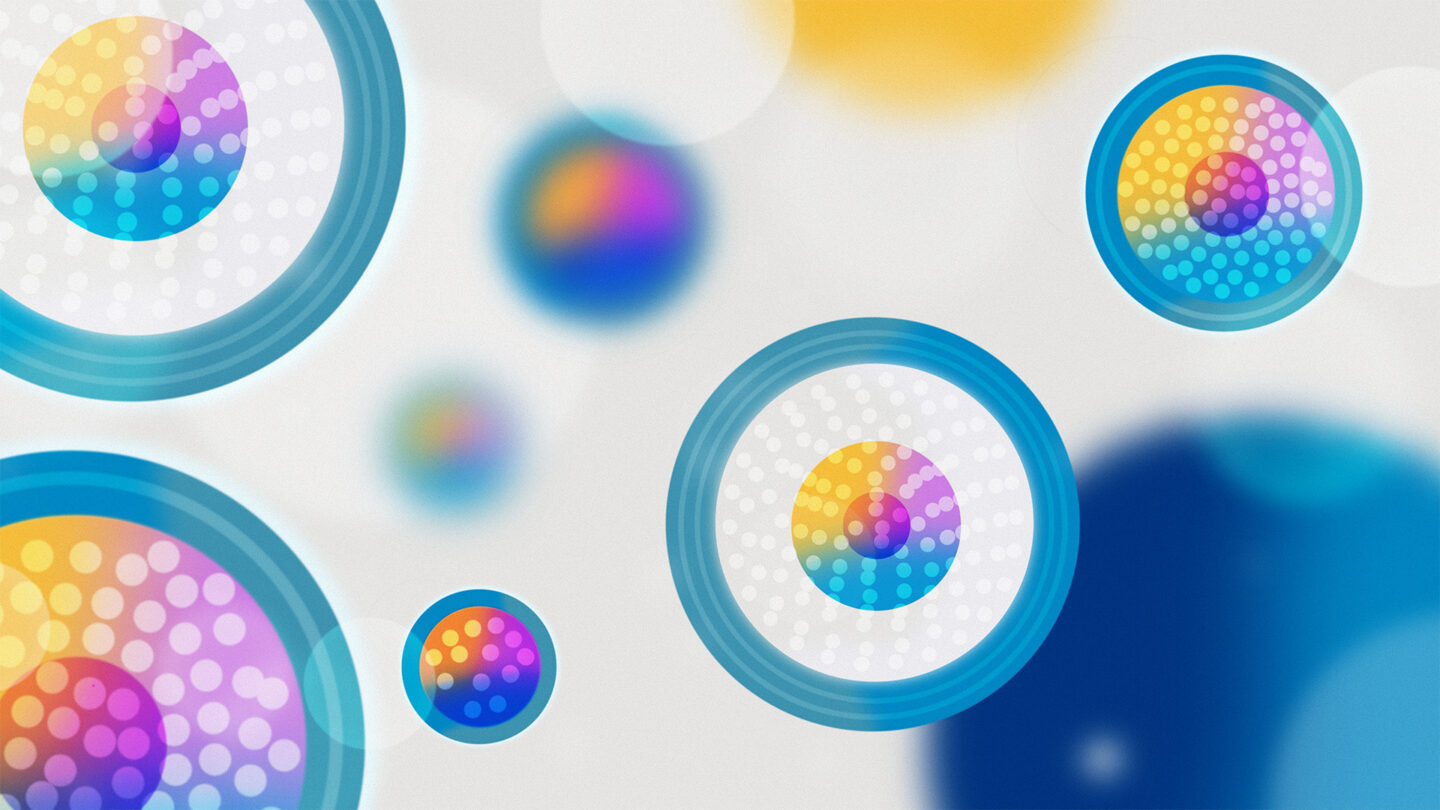
some more text
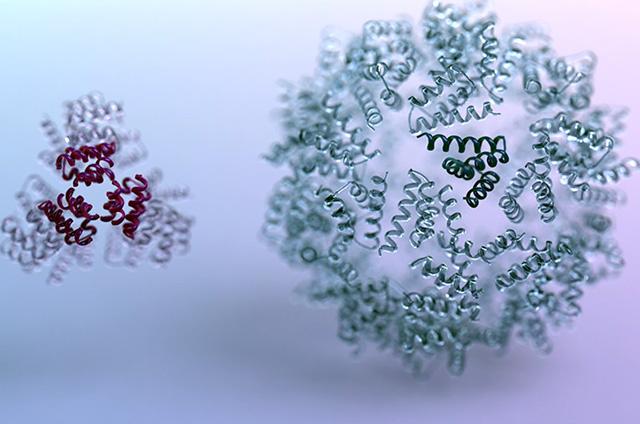
some more text
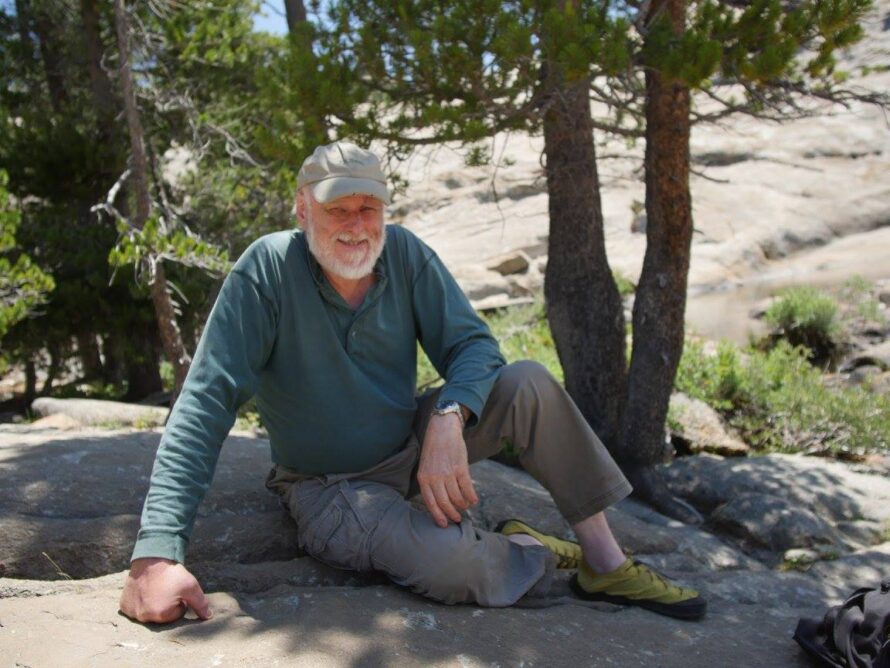
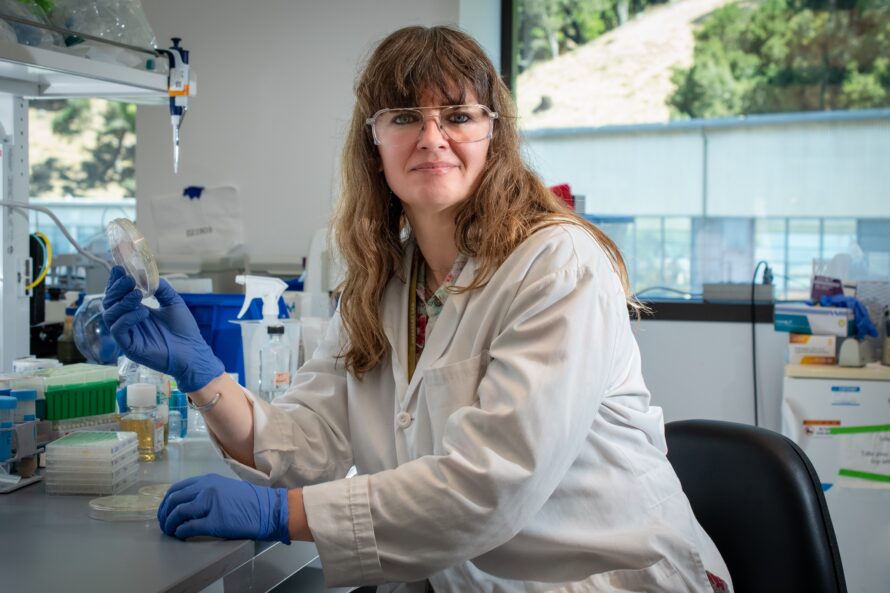
-
Trash to Treasure: Scientists Convert Municipal Waste to Biofuel Precursors
As the need for energy security grows, scientists are investigating nonfood biomass sources that can be used to create valuable biofuels and bioproducts. Among these sources is municipal solid waste (MSW) — in other words, trash that’s produced every day around the world in significant amounts. In a new study published in the journal ChemSusChem, researchers at Berkeley Lab created six blends that combined MSW items (non-recyclable paper and grass clippings) with biomass (corn stover and switchgrass). Using an ionic liquid-based process, they converted these blends into methyl ketones, which are chemical compounds that can be used as diesel fuel precursors.
Read the article -
Congratulations to Biosciences Area Director’s Award Recipients
Several Biosciences Area personnel are among the 2019 Berkeley Lab Director’s Awards honorees. This annual program recognizes outstanding contributions by employees to all facets of Lab activities. A complete list of winners can be found here. The Director’s Achievement Awards ceremony will take place on November 15 at 4 PM in the Building 50 Auditorium. All staff are invited and the event will be streamed live.
Read the article -
Amy Herr Receives UCB Faculty Award for Mentoring
Amy Herr has received the 2019 Faculty Award for Excellence in Postdoctoral Mentoring at UC Berkeley. The award from the Visiting Scholar and Postdoc Affairs Program recognizes the critical role mentoring plays in growing recent PhDs into leaders in academia and industry. Herr is a professor of bioengineering at UC Berkeley and a Berkeley Lab Biosciences Area faculty engineer with a primary appointment in Biological Systems and Engineering (BSE) and a secondary appointment in Molecular Biophysics and Integrated Bioimaging (MBIB). She was selected from an esteemed group of UC Berkeley faculty by a committee of the Berkeley Postdoctoral Association.
Read the article -
Eleanor Blakely Awarded the Gray Medal
Biological Systems and Engineering (BSE) senior scientist Eleanor Blakely was awarded the Gray Medal in an August 26 ceremony at the International Congress of Radiation Research in Manchester, England. The award was established by the International Commission on Radiation Units and Measurements (ICRU) in 1967 in honor of the late Louis Harold Gray, former member and vice-chairman of the commission. It is awarded for outstanding contributions to diagnostic radiology and nuclear medicine, radiation therapy, radiation protection, and radiation science of interest to ICRU.
Read the article -
Advancing Watershed Understanding through Exascale Simulation and Machine Learning
ExaSheds is a new project led by Berkeley Lab PI Carl Steefel of the Earth and Environmental Science Area (EESA) and Oak Ridge National Lab co-PI Scott Painter. It represents the first systematic effort to leverage powerful machine learning and exascale computing, applied to ever-larger and more-complex data obtained from watershed field observations, to gain a predictive understanding of watershed behavior. The project is funded by DOE Biological and Environmental Research and will initially take advantage of datasets being collected at the East River, Colorado watershed site, which has been developed as part of Berkeley Lab’s DOE Watershed Function Science…
Read the article

